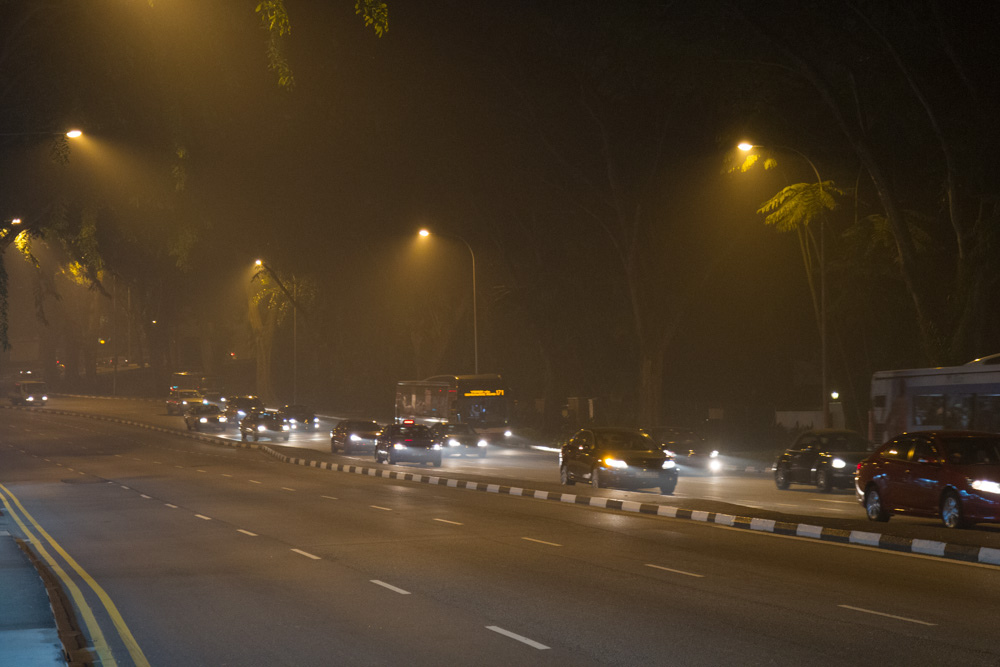Prolonged dry spell hits Singapore and Malaysia

Singapore suffered its longest dry spell on record in period between January 13 and February 8. Dry weather conditions continue to prevail in Singapore during the dry phase of the Northeast Monsoon season.
The dry weather affecting Singapore and the surrounding region is likely to persist into the first half of March 2014. Increased rainfall can be expected with the onset of the Inter-Monsoon in the second half of March 2014.
The current dry weather conditions have led to a number of vegetation fires in Singapore over the past weeks. These fires could possibly have contributed to the burning smell detected in some areas. Current hotspot activities in Sumatra are thus expected to persist, but the prevailing northeasterly winds will help keep any transboundary haze away from Singapore. The accumulation of particulate matter under stable atmospheric conditions can cause some slight haze in the morning hours.
The Indonesian province of Riau has also been hit, with part of the region wreathed in smog. The airport in Pekanbaru was closed due the poor visibility. This smog is usually caused by agricultural fires in order to illegaly clear land.
An extended period of dry weather across Malaysia and southern Thailand has led to water shortages, agricultural problems and the threat for wildfires. According to the Malaysian Meteorological Department, 15 areas in state have not had rainfall in more than 20 days, with some of them dry for more than a month. As of February 24, Malaysia has experienced dry conditions with anomalies more than 60% below the average.

Total rainfall accumulated February 1-24, 2014 (Credit: Jabatan Meteorologi Malaysia)
.png)
Drought Code map (Credit: MetMalaysia)
Malaysia to use cloud seeding operations?
Malaysia cabinet still needs to decide on calling an state of emergency. In case the nation faces drought or serious haze phenomena, Malaysian Meteorological Department (MetMalaysia), Ministry of Science, Technology and Innovation (MOSTI) can use cloud seeding operations. According to the National Standard Operation Plan (SOP) On Drought Disaster, cloud seeding operation will only be carried out when drought disaster is declared. However, upon special request, the Department may also perform the cloud seeding operation on condition that the cost is borne by the inquirer. They can perform two methods in the cloud seeding operation – through the spray of salt solution and combustion of hygroscopic flares.
Featured image: Singapore Haze #2/4 – PSI 321 by http://www.flickr.com/photos/7311038@N03/9090123506

Commenting rules and guidelines
We value the thoughts and opinions of our readers and welcome healthy discussions on our website. In order to maintain a respectful and positive community, we ask that all commenters follow these rules.